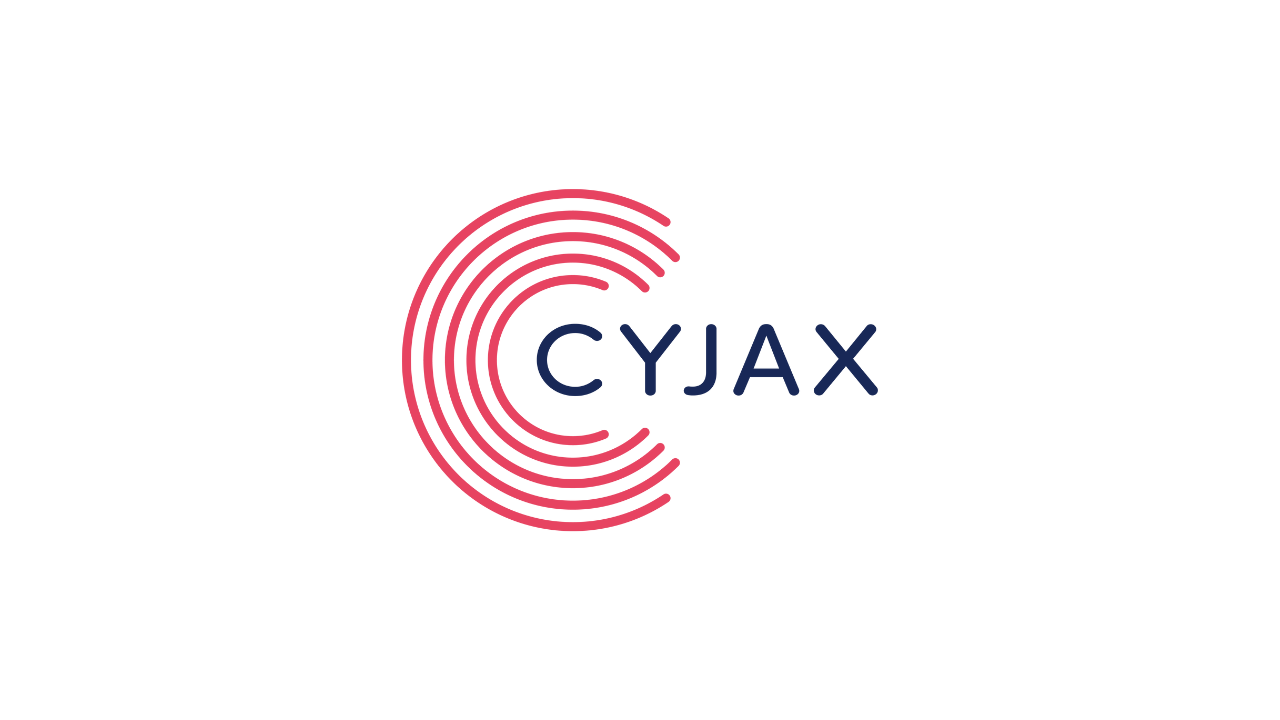CLOUD BRIDGE CASE STUDY
Press Wash and Go's Migration to AWS Native Services
PWG were planning to provide a new range of bookable services to customers, and they were not sure of the Cloud services and their offerings. They wanted to use Containerisation for their workload, and they wanted guidance and support. They needed to keep costs down and scale as their business scaled which was not possible on the legacy solution.
Cloud Bridge had to analyse the existing legacy windows platform and design a frontend and backend development environment, it was decided to be on React js, using containerisation and the infrastructure was entirely set up on AWS.
We set up Infrastructure in AWS using well architected best practices, and deployed the code provided by our developers and performed end to end performance and security testing.
Two environments were set up I.e., staging and production to allow for updated to be built and pushed seamless previously this was not possible in the traditional Windows legacy environment.
The Challenge
Customer had an old legacy environment built on Windows 2012 OS with backend Database SQL Server and didn’t allow for scale and ease of management in terms of updates and maintenance.
They wanted to develop mobile applications for the services they offer to customers, and they wanted to set this up on a scalable managed platform, AWS fitted the bill for what was required. They did not have the skill set in house for cloud native solutions as were focused on their day-to-day business of delivery excellent services to their customers.
They wanted to overcome legacy methods of developing application, manual intervention, to reduce amount of time in maintenance of environment.
They wanted support to set up their application on AWS and use the latest methodologies such as containerisation, scaling, security principles etc. They also required support services to ensure the ongoing success of the application.
The project entailed migrating the legacy environment of Windows & SQL Server to a staging environment in AWS where modernisation could be more easily addressed.
Setting up staging environment and migrating the data from the legacy infrastructure uncovered some technical challenges due to source code constraints, this was over come by building out new pipeline processes and utilising AWS Code Commit for the code repository. There were also some challenges in the application itself related to auth tokens, but it was fixed by the development teams once identified.
The Solution
We consulted and understood the customers requirements and provided the best solution taking into consideration their business growth, user’s experience for accessing application, performance, reliability, and security.
The entire infrastructure was set up using Cloud formation (Infrastructure as a code) and it was deployed into an AWS account. This stack can be used to deploy in other regions or accounts and the entire infrastructure can be brought up in the case of DR (Disaster Recovery) scenarios – this would allow PWG to open up or franchise their APP anywhere in the world.
We provided the migration/modernisation design considering the Well Architected Framework provided by AWS. Since it covered all 6 pillars including CI/CD pipeline the customer went ahead with the solution. The wrap around support services also supported CB bid for this project.
The Benefits
It has provided high availability and scaling based on load. It also supports CI/CD for application deployments. We have made use of the Aurora Postgress Database which can increase its storage based on usage. Enabled Cloud Trail to track all API and Management events happening in the account.
The solution covered RTO/RPO for DR scenarios, we provided session to client on overview of infrastructure set up and its functionalities.
Following the staging migration we were able to remove the need for Windows and SQL Server in the new environment reducing costs significantly.
We have made use of containerisation (Microservice architecture) which can be scaled easily and easy to troubleshoot specific service. It supports enhanced security to each layer of architecture.
We have made use of SSM (Systems Manager) and secrets manager to store critical data and RDS credentials.
CI/CD has reduced manual intervention of performing application deployments. We have enabled logging of services deployed which helps in troubleshooting and checking status.
We have used Autoscaling feature to scale in and scale out based on load which in turn helps in reducing cost and manual intervention of managing workload demands.
End to end testing has been performed in staging environment before doing any changes to production.
"We knew we had a great app idea for our services, but we needed it to be secure/scalable and have the ability to go global with it if required in the future. We were impressed by CB to take the time to understand our business ambitions and support us to deveop and deploy the app from a legacy environment to AWS Native services.
Jamie Hodgson – CTO




